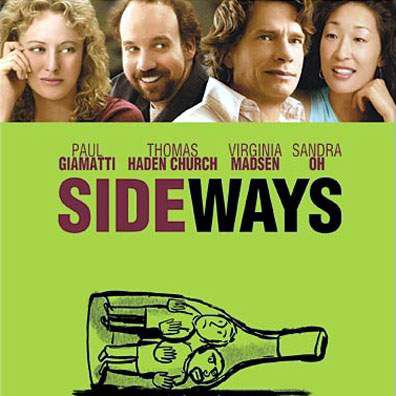Merlot rebounds from ‘Sideways’ gibe
Published 5:00 am Saturday, March 26, 2011

- Merlot rebounds from 'Sideways' gibe
SAN FRANCISCO — As winemaker Philippe Melka unlocked the gate of his Knights Valley vineyard in Sonoma, California, gunshots echoed from the hills surrounding his plot.
“It’s pretty dangerous to make merlot in California,” he joked. “There’s a lot of issues with marijuana growers here. The last time I was harvesting, the cops were all over.”
Even scarier for merlot makers is Miles Raymond, the pinot noir-loving wine snob played by Paul Giamatti in the 2004 movie “Sideways.” Raymond’s disparaging remarks about merlot sparked a decline in the wine’s U.S. sales. Now, the red varietal is on the rise again.
“Merlot is coming back,” said Janet Trefethen of Trefethen Family Vineyards, whose merlot sales rose 8 percent last year.
Once the nation’s most popular red wine, merlot sales dropped 2 percent in the three months after “Sideways” was released.
While merlot has never regained the top spot — it’s third in U.S. popularity, behind chardonnay and cabernet sauvignon — California winemakers say sales of upscale merlots are rising. And, after four years of declines, new acreage devoted to the grape almost tripled in 2009.
Melka, who has spent the past two decades working for some of the world’s most famous wineries, released his first merlot blend under his own label last year. The $125 Metisse Knight Valley wine sold out in months.
He said drinkers may be looking beyond cabernet sauvignon, which can be fat and sweet when grown in warmer areas.
“Consumers are starting to get away from those types of wines,” Melka said. “That’s why I like merlot right now.”
In 2008, a documentary called “Merlove” featured top producers extolling the grape’s virtues. Since then wineries have been releasing new merlot labels.
Jeff Smith, owner of the Napa winery Hourglass, bought a 41-acre property in 2006 with some merlot vines on it. Instead of replacing it with more popular cabernet grapes, he decided to keep the merlot.
“I thought, ‘Why should we dance around the issue?’ Smith said. “Why shouldn’t we just go straight at it?”
Merlot’s downfall was quite a turnaround from the 1990s, when U.S. drinkers fell in love with the wine. By 2000, it was the best-selling red wine in the U.S.
Sales surpassed previous leader cabernet sauvignon by 2000. Growers responded by planting more of the grapes, eventually leading to poorly made bottles, said Doug Shafer, of Napa’s Shafer Vineyards.
“It can make a not very attractive wine,” said Shafer, who started making merlot in 1983. “Miles was right.”
Petra Polakovicova, wine director of Epic Roasthouse in San Francisco, said there’s still some hangover from the “Sideways” slight.
“I see people who will say, ‘I don’t drink merlot,’” she says. “I like to ask them what they don’t like merlot, just so I can help them out.”
Duckhorn Vineyards’ merlot lineup displays the grapes’s many facets. The winery’s 2007 Three Palms vineyard ($85) is a powerhouse meant for aging, while the 2007 Rector Creek vineyard ($85) displayed elegant, floral characteristics.
Shafer’s 2008 Napa Merlot ($48) features raspberry and black cherry flavors, kept in check with massive acidity. Hourglass’s 2008 Blueline Vineyard Merlot ($75) is a rich, extracted version that tastes like raspberry compote, finishing with sweet-tart acidity.
Miles Raymond may not like merlot, but plenty of others do. Shafer said “Sideways” eventually had a positive effect on merlot, forcing bad producers out of the market.
“In the short term, ‘Sideways’ was horrible for merlot,” he said. “In the long term, it’s the best thing that could have happened.”






